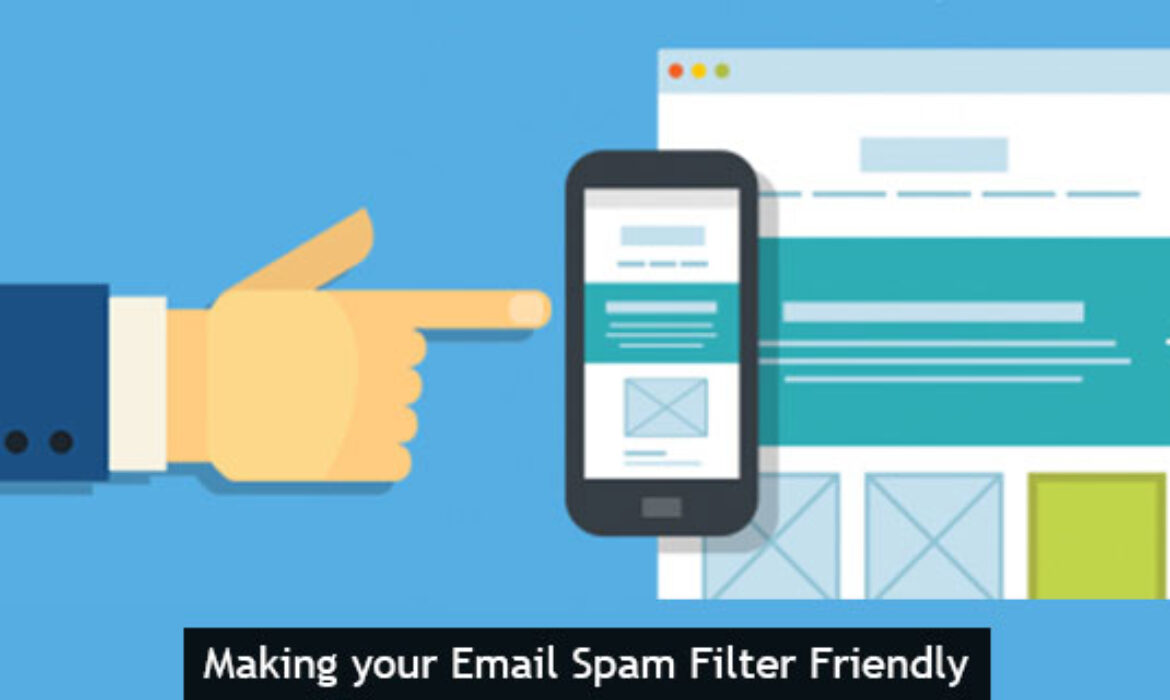Spam is increased day by day and anti-spam filters are getting more aggressive. It’s more difficult to the inbox of the recipient in these days, even you are a legitimate sender. However, there are some easy-to-apply tricks which will make your email content more friendly with anti-spam filters.
Tips To Go Right Into Recipient Inbox
Never use URL shortening service
That’s right. URL shortening services such as Bit.ly and Tinyurl are great for web but not for email. Many email services including Gmail will behave more aggressively to emails which have this kind of links inside. Therefore, either use your very own url shortening system or stay away, just use the original URL even they are long.
Make your Email Subject and Email Content Relevant Each Other
Spam filters are quite smart, they read your email just like a human. If the email subject or content is irrelevant to each other, it’s a high chance that your email will end in the spam/junk folder.
Stay Away from Image-only Email
Spam filters are quite smart but they can not read images. If you send an image only email, they will not be able to read your email, therefore your email will seem suspicious to them. While it’s easier to prepare an image-only HTML email, it’s always the best to use the images where needed. Keep texts are texts.
Always Publish Sender Information in the Email Content
Recipient engagement is a critical metric for email services. If you can not engage your recipients (open, click, reply, etc.), it’s a high chance that your following emails will end in spam/junk folder. Adding a sender information also avoids “false” spam complaints. If a recipient is not recognizing how (and where) she has subscribed to your list, she can easily contact you to learn more. The name of the sender (company name, brand name or individual name), physical address, contact phone number, email address and website URL should be included in your email content.
Always Use A Working, Monitored From/reply-to Email Address
As we mentioned above, the recipient engagement is the key factor. And the most important engagement type is replying. Encourage your recipients to reply back to your emails. Always use a working, monitered email address as from and reply-to email address. Stay away from “[email protected]” similar email addresses.
Send Your Email With Both Html and Plain Text Contents
Some email clients or mobile devices may not render the HTML email content. Therefore, always include a plain text part of your email. Try to convert your HTML email to plain text email for you.
Keep the Unsubscription Link Visible and Clearly Noticeable
Never lock your recipients in. Show them the door. Make your unsubscription link clearly visible and clickable. This will avoid spam complaints by frustrated recipients.
Add A Subscription Reminder to your Email Content
After a while, some of your recipients may forgot how and when they have subscribed to your list. It’s always a good approach to include a one-sentence reminder to the top of your email. You are receiving this email because you have purchased our product in the past. If you are not interested, click here to unsubscribe.
Stay Away From Long, Upper Case Email Subjects
This is a very well known trick but let’s repeat. Never send an email with all upper case. Keep your subject short, effective and to the point. Don’t forget, your email subject is the one which makes your email opened.



